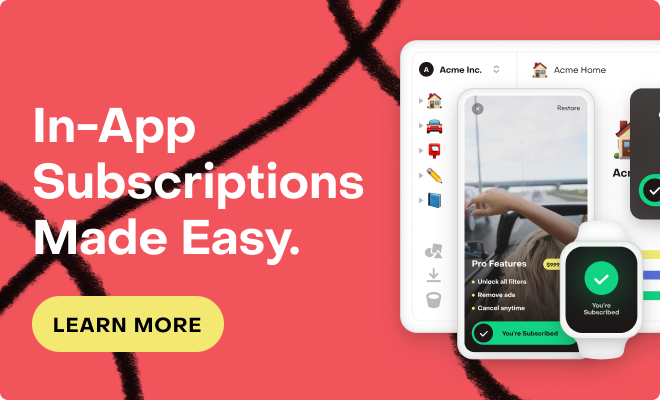Hello RevenueCat community,
I am experiencing a challenge in managing in-app subscriptions for multiple users on the same device. Here's the situation:
-
User A has an active subscription and is logged into the app on a device.
-
User A logs out, and User B logs in on the same device. User B doesn't have an active subscription, so they are correctly presented with the paywall.
-
When User B attempts to purchase a subscription, Apple's system sends an alert that a subscription already exists (referring to User A's subscription).
-
Upon dismissing the alert, the purchase process proceeds, and User A's subscription gets linked to User B's account.
-
When User A logs back in, they are incorrectly presented with the paywall, and RevenueCat's records show User B as the owner of the subscription.
In this situation, my goal is to keep User A's subscription linked to User A, and alert userB that there is already an active subscription linked to the current appleID, and therefore cannot proceed with the. The challenge is to prevent the "subscription already exists" alert from Apple and the subsequent linking of User A's subscription to User B's account.
I would greatly appreciate any guidance or advice on how to resolve this issue.
Thank you in advance!






